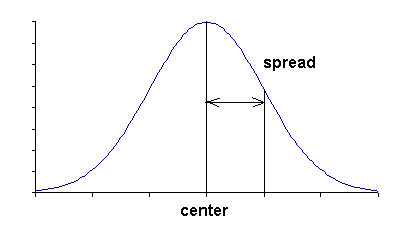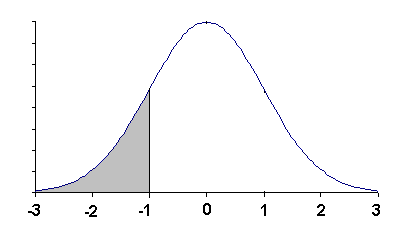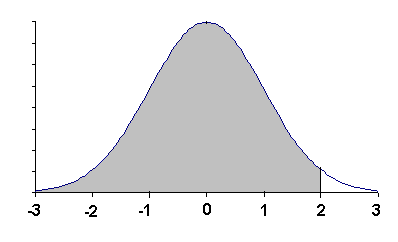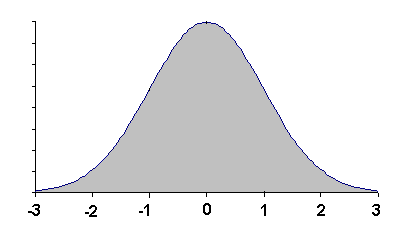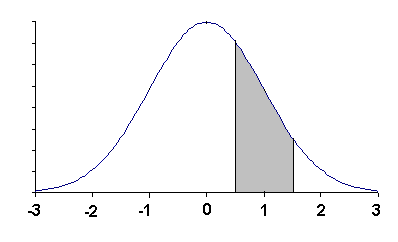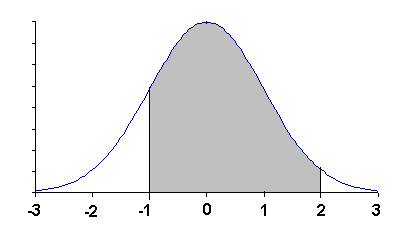Ans: It means the sample mean = sample average.
Ans: The sample standard deviation, where you divide by n - 1 instead of n.
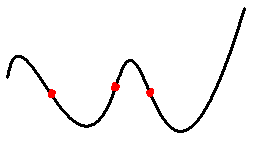
Ans: Inflection points.
Ans: The spread is the horizontal distance between the center of the normal histogram and one of the inflection points.
Ans: Heights, length of hair, finger nails, or claws that have not been cut. Velocities of molecules in an ideal gas, IQ scores.
Ans: x and SD+.
Ans: z = (x - x) / SD+, Ans: A z-score tells you how many SDs away from the mean you are.
Ans: Extreme outliers have a z-score more than 3 or less than -3; mild outliers have a z-score more than 2 or less than -2 and are not extreme outliers.
Note: the outliers found with the boxplot might not be the same as the outliers obtained with the z-scores.
